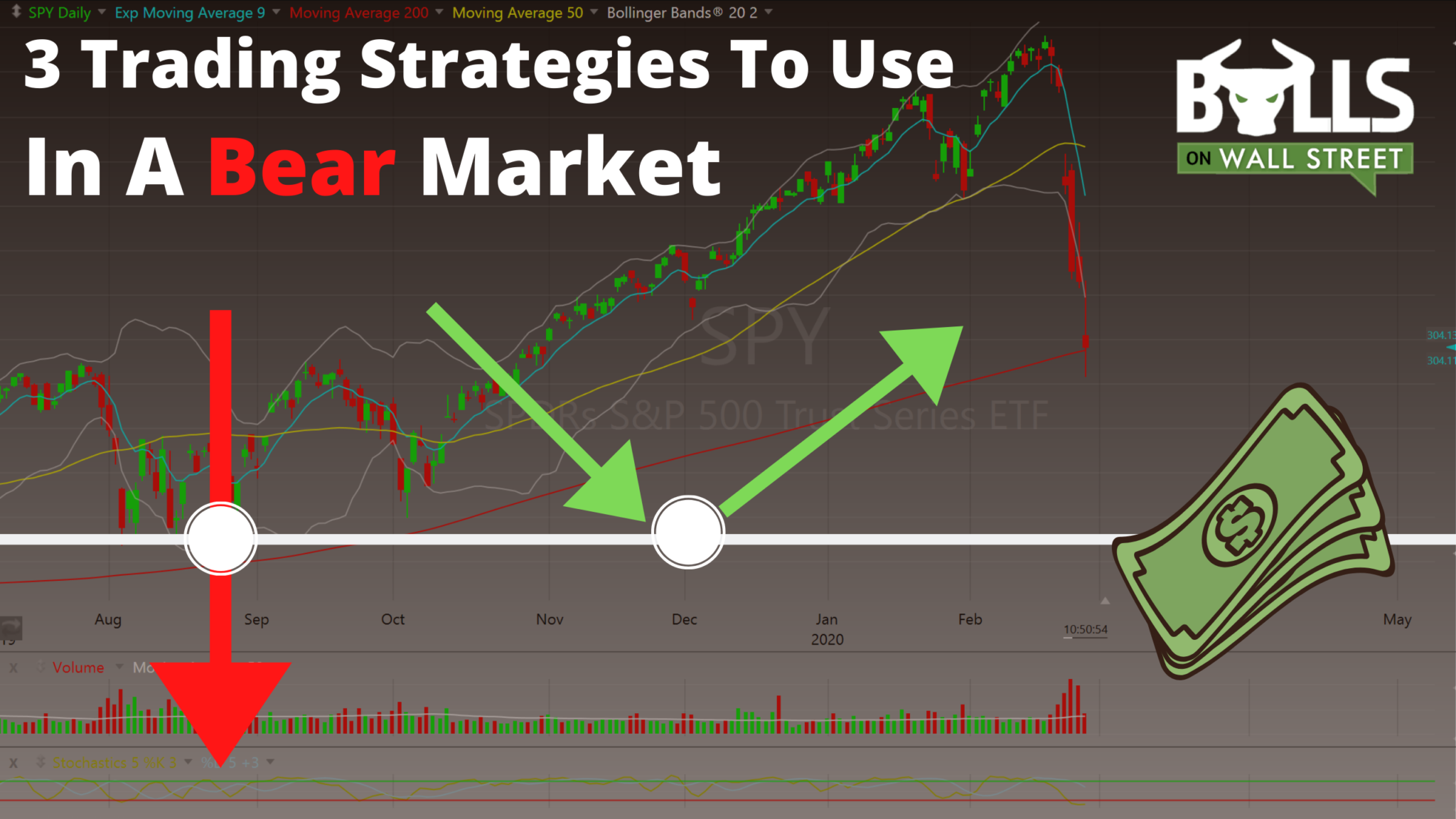In today’s tumultuous financial landscape, characterized by heightened volatility and unpredictable market movements, discerning investors are increasingly turning to options trading strategies as a means of navigating the choppy waters and potentially enhancing returns. Options contracts, with their inherent flexibility and diverse applications, provide traders with the tools to mitigate risk, capitalize on market fluctuations, and position themselves for potential profits. This article delves into the realm of options trading strategies specifically tailored for a volatile market, empowering readers with a comprehensive understanding of these powerful tools and equipping them to navigate the complexities of this dynamic trading environment.

Image: bullsonwallstreet.com
Options Demystified:
Options are financial instruments that confer the right, but not the obligation, to buy (call options) or sell (put options) an underlying asset, such as stocks, bonds, or commodities, at a specified price (known as the strike price) on or before a predetermined date (expiration date). These versatile contracts provide numerous advantages, including leverage (the ability to control a larger position with a smaller initial investment), defined risk (the maximum potential loss is limited to the premium paid), and income generation (selling options can generate premiums regardless of price movements).
Embracing Volatility: The Cornerstone of Options Trading
Volatility, often perceived as a market adversary, becomes a powerful ally in the hands of options traders. Volatility implies significant price fluctuations, creating ample opportunities for options traders to profit from directional market moves or price swings within a defined range. Understanding and incorporating volatility into trading strategies is paramount for success in this dynamic environment.
Strategic Options Arsenal for Volatile Markets:
Navigating a volatile market requires a strategic approach tailored to its unique challenges. This arsenal of options trading strategies provides traders with a range of tools to adjust risk-reward profiles and pursue diverse market scenarios:

Image: www.newsanyway.com
1. Covered Call Strategy: For Conservative Income Generation
This strategy involves selling (writing) a call option against an underlying stock already owned. The premium received generates income while capping the potential upside of the stock. This strategy is suitable for investors seeking moderate returns with limited risk, as the downside is protected by the shares held.
2. Protective Put Strategy: Hedging Against Downturns
A protective put strategy involves purchasing a put option on a stock owned. This option acts as insurance against potential price declines. In the event of a market downturn, the put option can be exercised to sell the stock at the strike price, mitigating losses. This strategy appeals to investors seeking to preserve capital in volatile markets.
3. Long Straddle Strategy: Betting on Volatility
A long straddle involves simultaneously purchasing both a call and a put option with the same strike price and expiration date. This strategy benefits from increased volatility as it profits from significant price movements in either direction. However, it carries higher risk due to the premium paid for both options.
4. Iron Condor Strategy: Limited Risk for Range-Bound Markets
An iron condor strategy combines four options: a long put at a lower strike price, a short put at a higher strike price, a short call at an even higher strike price, and a long call at the highest strike price. This strategy is designed for markets that are expected to remain within a defined range, generating income from the option premiums while limiting downside risk.
5. Butterfly Spread Strategy: Precision Profiting from Directional Moves
A butterfly spread consists of purchasing one option at the middle strike price and selling two options at strike prices above and below the middle strike. This strategy targets a specific price range and profits from a move in the predicted direction. It offers potential gains with a lower upfront cost compared to buying a single option.
Options Trading Strategies For A Volatile Market

Image: www.youtube.com
Conclusion: Options Trading Mastery in Volatile Markets
Options trading in a volatile market presents both challenges and opportunities. Equipping oneself with a nuanced understanding of options strategies and the ability to adapt to market conditions is crucial. The strategies outlined in this article empower traders to navigate the complexities of volatility, mitigate risk, enhance potential returns, and harness the power of options trading to achieve financial success.






